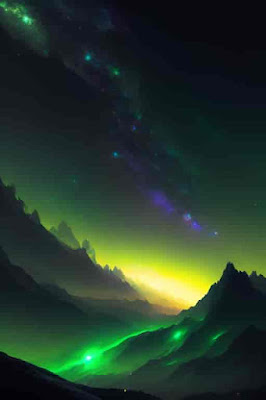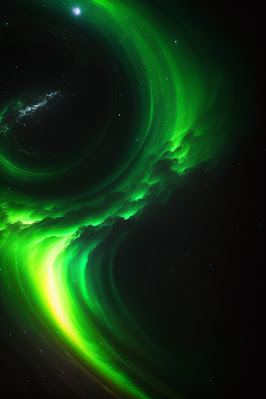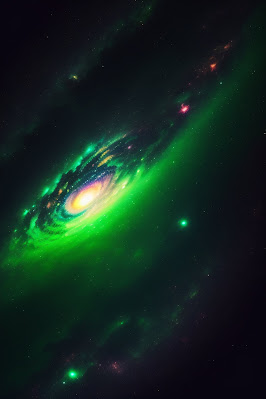The Art and Science of Astroimaging
Capturing the Cosmos: The Art and Science of Astroimaging ~
Introduction:
The night sky has been a source of wonder and inspiration for humanity since time immemorial. With the advent of technology, we have unlocked the ability to peer deep into the cosmos, capturing breathtaking images of distant galaxies, nebulae, and celestial wonders. This fascinating field, known as astroimaging, combines the artistry of photography with the scientific exploration of the universe. In this blog post, we'll delve into the world of astroimaging, exploring its techniques, equipment, and the captivating images it produces.
The Essence of Astroimaging:
Astroimaging is a blend of two distinct disciplines: astronomy and photography. It involves using advanced telescopes and cameras to capture light emitted or reflected by celestial objects. This light is often faint and distant, requiring specialised equipment and techniques to gather meaningful data. The primary goal of astroimaging is to produce detailed, high-resolution images that reveal the intricate details of celestial bodies, often not visible to the naked eye.
Equipment and Techniques:
1. Telescopes: Telescopes are the foundation of astroimaging. They come in various types, including refracting, reflecting, and compound telescopes. These instruments gather and focus light onto a camera sensor, revealing distant objects with incredible clarity.
 |
| Telescopes |
2. Mounts: Equatorial mounts are essential for astro imaging as they compensate for the Earth's rotation, allowing the telescope to track celestial objects as they move across the sky. This tracking prevents the blurring of images during long exposure times.
 |
| Mounts |
3. Cameras: Specialised astronomical cameras are equipped with sensitive sensors that can capture faint light over extended periods. These cameras often use cooling systems to reduce sensor noise and improve image quality.
 |
| Cameras |
4. Filters: Filters block specific wavelengths of light, allowing astroimagers to isolate specific features or enhance the visibility of certain details. Hydrogen-alpha filters, for instance, reveal the intricate structures of emission nebulae.
 |
| Filters |
5. Image Stacking: Due to the presence of noise and imperfections, astro images take multiple exposures of the same object and combine them using software. This technique, known as image stacking, enhances the signal-to-noise ratio and reveals finer details.
 |
| Image Staking It's powerful technique for improving the quality of a photograph. |
Challenges and Rewards:
Astroimaging presents unique challenges. Light pollution from urban areas can hinder observations, requiring astroimagers to travel to remote locations for optimal results. Atmospheric conditions, such as turbulence and moisture, can also distort images.
However, the rewards are immense. Astroimagers capture stunning visuals that inspire curiosity and a sense of our place in the universe. From the intricate filaments of the Orion Nebula to the spiral arms of distant galaxies, these images not only contribute to scientific research but also instil a sense of awe and wonder.
Contributions to Science:
Astroimaging isn't just about producing beautiful pictures; it also contributes to scientific understanding. Professionals and amateur astronomers alike use astro images to study the properties and behaviour of celestial objects. These images provide crucial data for understanding star formation, galaxy evolution, and the characteristics of distant exoplanets.
•Getting Started ~
If you're interested in entering the world of astroimaging, start by learning the basics of astronomy. Familiarise yourself with the night sky, and then explore the various equipment and techniques available. Joining astronomy clubs or online communities can provide valuable guidance and support.
In conclusion ~
We learnt, astroimaging is a captivating pursuit that marries science and art in a breathtaking display of the cosmos. Through specialised equipment and techniques, astroimagers unveil the hidden beauty of celestial objects, contributing to both scientific knowledge and our shared sense of wonder.
-Keva





Comments
Post a Comment